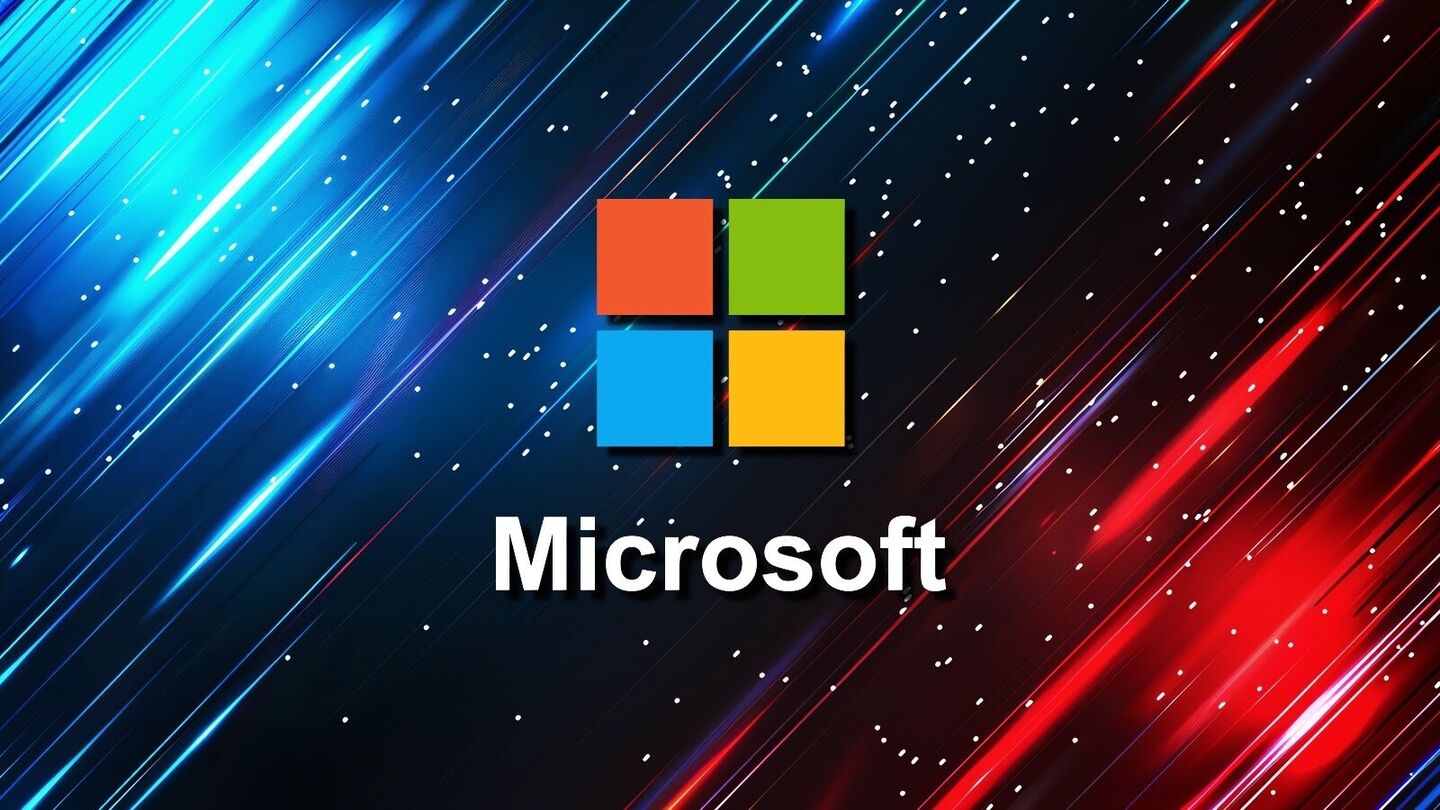
Microsoft faces backlash for aggressive Windows 11 ad campaign
What's the story
Microsoft is facing backlash for its latest advertisement promoting Windows 11. The ad, which was shared on the official Windows YouTube channel, advises users to be on the "right side of risk" by upgrading to the new operating system. Also, it specifically suggests getting a PC powered by an Intel chip. While some agree that Windows 11 offers better security than an unsupported version of its predecessor, others think the advertising approach is too aggressive.
User backlash
Users criticize the ad
The ad has drawn criticism from several users, with one YouTube user @LanceUzminski saying, "Using the end of support for your old operating system as a selling point for your new one is actually insane." Some have also questioned Microsoft's security claims and suggested that Linux might be a better alternative to Windows 11. Windows 10 is going to reach its end of support in October 2025.
Upgrade challenges
Microsoft charges $244/device for Windows 10 support
Despite being around for nearly five years, the transition from Windows 10 to its successor has been complicated by Microsoft's stringent hardware requirements. The company's Trusted Platform Module (TPM) requirement for Windows 11 has drawn criticism as many PCs can't upgrade due to these specific hardware needs. While Microsoft offers an extended support program for Windows 10, it comes at a high price. The first year costs $61 (~₹5,000)/device, second and third years cost $122 (~₹10,000) and $244 (~₹20,000), respectively.
Intel focus
Qualcomm's ad campaign targets Intel
The timing of Microsoft's Intel-focused ad is interesting as it comes just weeks after Qualcomm launched a series of ads targeting Intel and promoting its Snapdragon X processors. The campaign highlighted the performance of these processors when unplugged, claiming that laptops powered by Intel chips reduce performance to "as little as 55%" when not plugged in. However, this drastic drop in performance is unusual for an unplugged Intel-powered PC.